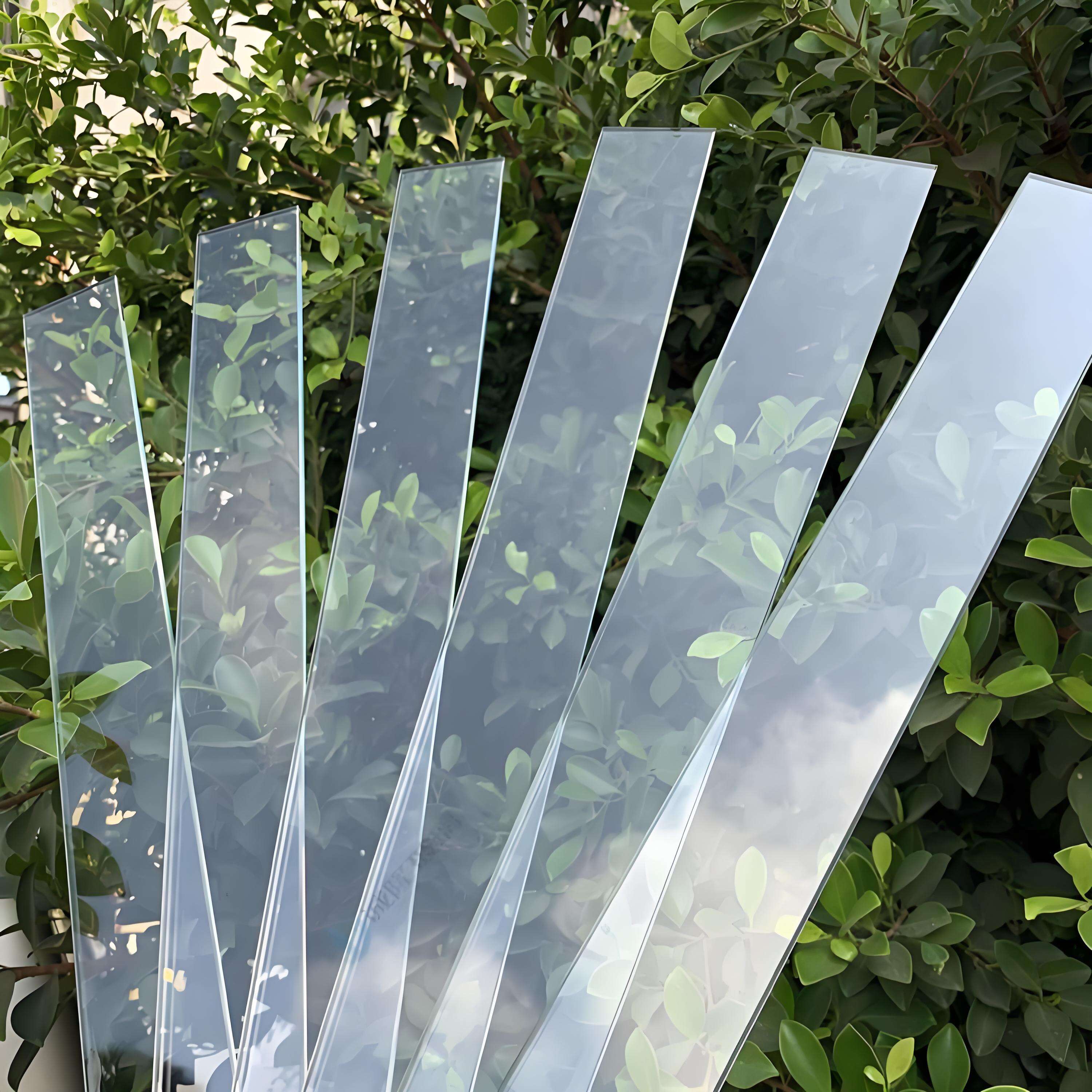low iron laminated glass
Low iron laminated glass represents a cutting-edge architectural solution that combines exceptional clarity with enhanced safety features. This specialized glass is manufactured through a process that significantly reduces the iron content in the glass composition, resulting in a product with superior light transmission and minimal green tint typically associated with standard glass. The lamination process involves bonding two or more sheets of low iron glass with a high-strength interlayer, typically made of polyvinyl butyral (PVB) or ethylene-vinyl acetate (EVA). This construction creates a glass product that offers outstanding optical clarity while maintaining crucial safety characteristics. The reduced iron content allows for light transmission rates of up to 91%, compared to the 83-85% typically achieved by standard laminated glass. This remarkable clarity makes it particularly valuable in applications where glass transparency and color neutrality are paramount, such as high-end retail displays, museum exhibits, and luxury architectural installations. The laminated structure ensures that if breakage occurs, the glass pieces remain adhered to the interlayer, preventing dangerous shards from falling and maintaining the structural integrity of the installation.


